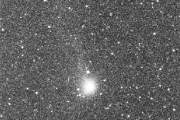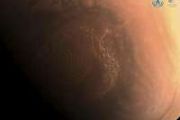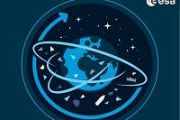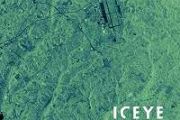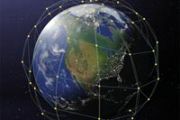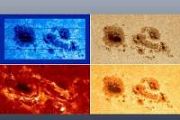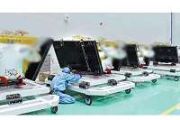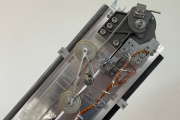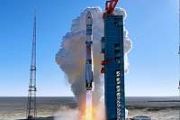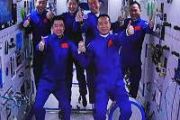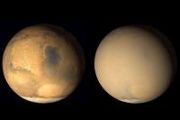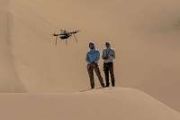
Copernical Team
Galaxy collision unveils violent shockwave in stunning detail
 A galaxy traveling at an extraordinary speed of 2 million mph (3.2 million km/h) has collided with Stephan's Quintet, creating a dramatic shockwave now observed in unprecedented detail by one of Earth's most advanced telescopes.
Stephan's Quintet, a group of five galaxies discovered nearly 150 years ago, is a cosmic meeting point where past galactic collisions have left a debris-filled env
A galaxy traveling at an extraordinary speed of 2 million mph (3.2 million km/h) has collided with Stephan's Quintet, creating a dramatic shockwave now observed in unprecedented detail by one of Earth's most advanced telescopes.
Stephan's Quintet, a group of five galaxies discovered nearly 150 years ago, is a cosmic meeting point where past galactic collisions have left a debris-filled env The first 'zoomed-in' image of a star outside our galaxy
 Scientists said Thursday they have taken the first ever close-up image of a star outside of the Milky Way, capturing a blurry shot of a dying behemoth 2,000 times bigger than the Sun.
Roughly 160,000 light years from Earth, the star WOH G64 sits in the Large Magellanic Cloud, a satellite galaxy of our home Milky Way.
It is a red supergiant, which is the largest type of star in the univer
Scientists said Thursday they have taken the first ever close-up image of a star outside of the Milky Way, capturing a blurry shot of a dying behemoth 2,000 times bigger than the Sun.
Roughly 160,000 light years from Earth, the star WOH G64 sits in the Large Magellanic Cloud, a satellite galaxy of our home Milky Way.
It is a red supergiant, which is the largest type of star in the univer The Milky Way represents an outlier among similar galaxies
 For decades, scientists have used the Milky Way as a model for understanding how galaxies form. But a trio of new studies raises questions about whether the Milky Way is truly representative of other galaxies in the universe.
"The Milky Way has been an incredible physics laboratory, including for the physics of galaxy formation and the physics of dark matter," said Risa Wechsler, the Human
For decades, scientists have used the Milky Way as a model for understanding how galaxies form. But a trio of new studies raises questions about whether the Milky Way is truly representative of other galaxies in the universe.
"The Milky Way has been an incredible physics laboratory, including for the physics of galaxy formation and the physics of dark matter," said Risa Wechsler, the Human Lunar Outpost to deliver Lunar Terrain Vehicle to Moon with Starship
 Lunar Outpost, a leader in lunar mobility, robotics, and space resource development, has finalized an agreement with SpaceX to transport its Lunar Terrain Vehicle (LTV) to the Moon aboard a SpaceX Starship. This collaboration positions Lunar Outpost to support NASA Artemis astronauts with advanced surface mobility while also establishing vital infrastructure for sustainable lunar and space-based
Lunar Outpost, a leader in lunar mobility, robotics, and space resource development, has finalized an agreement with SpaceX to transport its Lunar Terrain Vehicle (LTV) to the Moon aboard a SpaceX Starship. This collaboration positions Lunar Outpost to support NASA Artemis astronauts with advanced surface mobility while also establishing vital infrastructure for sustainable lunar and space-based Proba-3: Firing laser!
 Image:
Proba-3: Firing laser!
Image:
Proba-3: Firing laser! Nanoink and printing technologies could enable electronics repairs, production in space
This request seems a bit unusual, so we need to confirm that you're human. Please press and hold the button until it turns completely green. Thank you for your cooperation!
Press and hold the button
If you believe this is an error, please contact our support team.
185.132.36.159 : 1b4e1498-5b34-44d8-b258-748eedc1
Open-to-use SMILE antenna wins hertz and minds
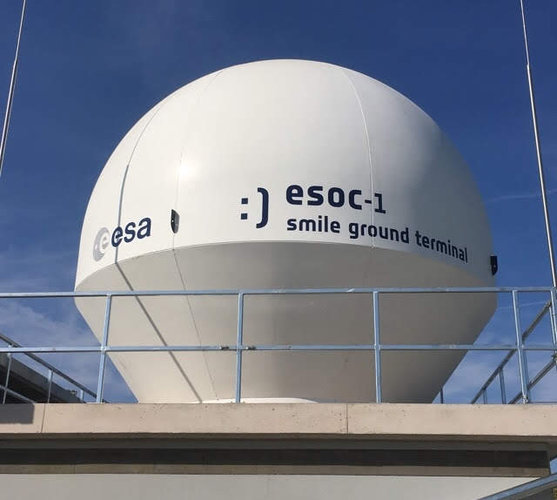
On 10 November 2024, the final of three Australian CubeSats reentered the atmosphere. Like many other small satellite missions, they benefitted from the SMILE lab for tracking and monitoring.
Copernicus Sentinel-1: radar vision for Copernicus
 Video:
00:07:25
Video:
00:07:25
Meet Copernicus Sentinel-1 – this ground-breaking mission delivers continuous, all-weather, day-and-night imaging for land, ice and maritime monitoring.
Equipped with state-of-the-art C-band synthetic aperture radar (SAR), Sentinel-1 captures high-resolution data around the clock, in any weather, making it indispensable for detecting the subtle changes on Earth’s surface that remain hidden from the human eye.
Sentinel-1 data serves a multitude of critical applications: from ensuring the safety and efficiency of maritime traffic, tracking sea ice and icebergs, to monitoring structural integrity and natural hazards, such as earthquakes, landslides and volcanic activity.
Its enhanced radar technology provides precises precise information on ground movement,
AMSL Aero completes first free flight of Vertiia eVTOL
 AMSL Aero, a leader in zero-emission aircraft innovation, has successfully conducted the initial free flight of Vertiia, marking Australia's debut in passenger-capable, emission-free long-range electric vertical take-off and landing (eVTOL) aircraft.
This significant flight represents the first free flight achievement by an Australian-designed and produced eVTOL - a new class of aircraft t
AMSL Aero, a leader in zero-emission aircraft innovation, has successfully conducted the initial free flight of Vertiia, marking Australia's debut in passenger-capable, emission-free long-range electric vertical take-off and landing (eVTOL) aircraft.
This significant flight represents the first free flight achievement by an Australian-designed and produced eVTOL - a new class of aircraft t Workshop emphasizes role of AI in advancing space exploration
 The recent In-Space Physical AI Workshop at Houston's Ion District brought together leading scientists, engineers, entrepreneurs, and government officials to discuss how artificial intelligence (AI) can revolutionize space exploration, impacting scientific discoveries, technological growth, and economic development.
Hosted by Rice University's Office of Innovation in collaboration with NAS
The recent In-Space Physical AI Workshop at Houston's Ion District brought together leading scientists, engineers, entrepreneurs, and government officials to discuss how artificial intelligence (AI) can revolutionize space exploration, impacting scientific discoveries, technological growth, and economic development.
Hosted by Rice University's Office of Innovation in collaboration with NAS 






